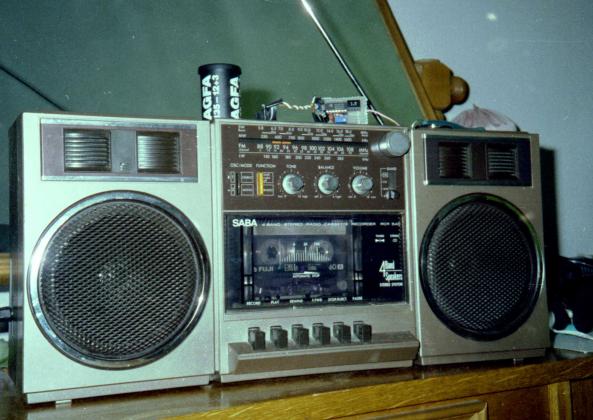
Picture 1: my test/receiving setup. Above the receiver can be seen (from left):
35mm film plastic can, breadboard with circuit, white BFO "antenna" going to the right.

As I already knew, the tuning knob of the SABA RCR590 (5.8 to 18 MHz in a single band) is too small and hard to allow an easy fine-tuning, required for SSB signals. I would say its diameter is some 2cm.
I had to learn how to achieve micrometric tuning adjustments, in the beginning using two fingers per hand.
Obviously the tuning knob is connected to the variable capacitor through a rope, that also controls the indicator on the frequency scale: because of rope elasticity there is a "nothing happens" zone whenever tuning direction is changed (up to down, down to up).
Positioning of the external BFO has been a bit more critical than expected. This "old" SABA receiver probably has the IF circuits "deep inside" the box, therefore the coupling was really loose but still effective.
I located the best position by tuning a weak SW broadcast and looking for the position that gave the loudest beat on the audio output. Then I locked the BFO "antenna" in that position (use whatever you have handy, I used a sealed bean-can :-)).
Loose coupling has a drawback: stronger signals are not demodulated properly, they still sound a lot as "SSB detected on AM". Solution: attenuate antenna signal. How? Read on!
This kind of receivers are usually built to receive strong broadcast signals, not weak HAM-radio transmissions. They do have a very good sensitivity, but a short non-resonating-at-all antenna. You have two options: you connect an external antenna (long random wire probably does the job), or you use my method.
I had no extra electric wire with me, but I found out that touching the antenna brought in the receiver many signals that could not be heard before. At the same time, depending on the pressure my fingers made on the antenna, a variable gain could be achieved: what an easy and cheap antenna preamplifier with linearly variable gain!
Just remember to release the antenna when tuning/listening to strong SSB signals!
Besides the good sensitvity of these receivers, their selectivity (rejection of unwanted signals in general) is quite poor. At night for example, the HAM 20m band is crowded of "images" of SW broadcasts from 41m band, so unusable. Fortunately 40m was very loud and clear!
I had a strong IK6 station filling up the whole band, so I tuned him and listened. The DX was a G0 station with 100W and dipole in SSB. Heard some 20 QSOs in 1 hour.
Tuning the signal. If you try this way of SSB decoding, you'll notice that you hear twice the same signal. Let's assume you want to listen to an LSB transmission, and you move the tuning from lower to higher frequencies.
First you "meet" something that sounds like an LSB transmission heard from USB (and goes from high to low pitch). Then you get a null in the signal and finally you can decode the signal. This limitation potentially reduces to half
the available band in which you can clearly tune signals, because all transmissions feel as DSB on your receiver. Still better than nothing, isn't it?
USB decoding works the same way, but the first side band that you meet is the good one (if tuning from lower to higher frequencies).
CW can be decoded as well, but you probably need a narrow AF filter to distinguish between 3-4 transmissions decoded in the same "channel".
Fortunately this SABA's VFO stability was not an issue, although it drifted upwards of about 1kHz/minute in the first 10-15 minutes of operation: just leave your RX to warm up :-)
I also have the feeling that my receiver's sensitivity (ability to receive weak signals) increases with operation time (after warm-up).
On the other hand, when listening to the higher portion of its tuning range, touching the antenna produces a tuning drift of several kHz: no more touch-preamplifier, but touch-fine-tuning!
Operation hints. Given the problems with fine-tuning, I prefer to tune on someone calling CQ and concentrate on listening. My BFO sits in a 35mm film plastic can, therefore I have its spurious signals everywhere, but they still allow a pleasant reception: I will try with a base oscillator of 455/3 kHz that doesn't generate harmonics on 40m band. Headphones are a must. Keep the receiver as far as possible from any other electonic/electric equipment, or switch off as many of them as possible: they increase awfully the background noise, thus reduce receiver's dynamic and sensitivity. Listen at night, and concentrate on 40m for best results at the beginning.
Happy SWLing!
73 de 9A/IK1ZYW

Eccetto dove diversamente specificato, i contenuti di questo sito sono rilasciati sotto Licenza Creative Commons.
The material on this page is licensed under a Creative Commons License, unless otherwise noted.